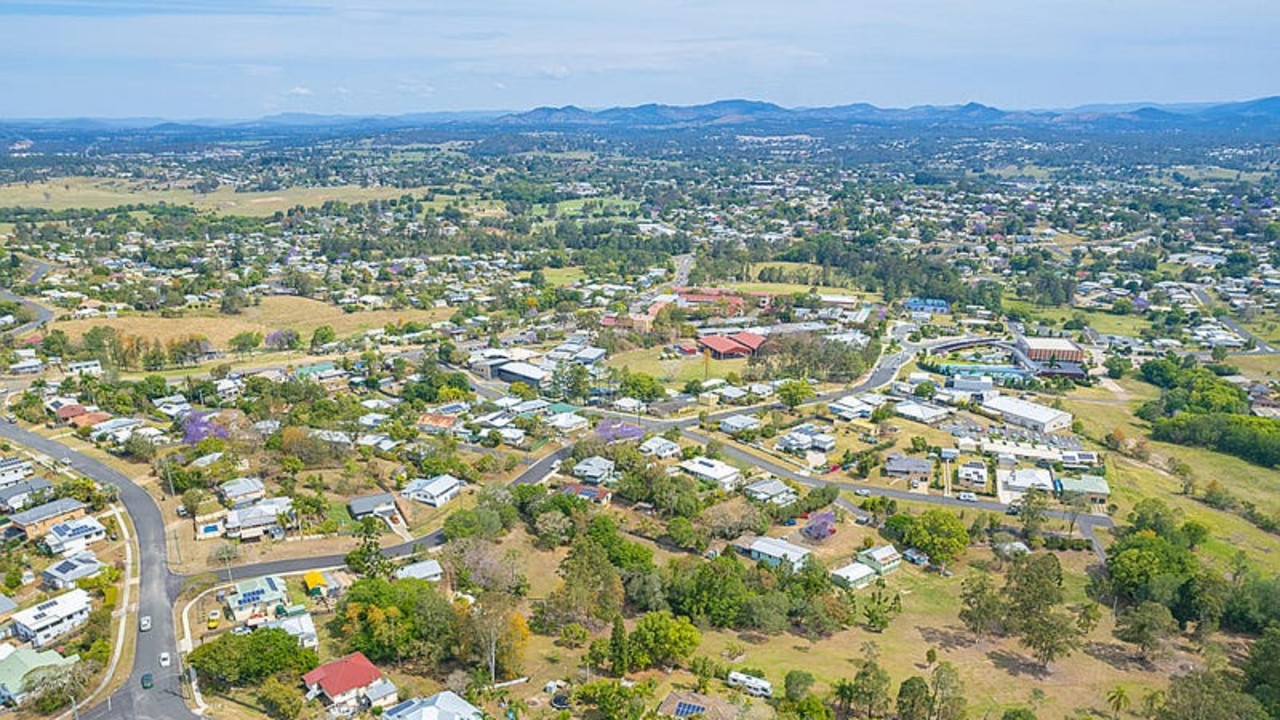Crocodile sightings across SEQ as fisherman says Inskip croc has been ‘humanised’
A fisherman who says he’s seen the “humanised” campground croc rangers are searching for has spoken out as an expert explains why the “vagrant” reptile’s future is likely bleak. SEE THE MAP
Gympie
Don't miss out on the headlines from Gympie. Followed categories will be added to My News.
A recreational fisherman who spotted a “vagrant” crocodile at Inskip Point says the rogue reptile seemed to have been “been humanised” and was not wary of people.
The two-metre long crocodile was first spotted by a ranger from the Department of the Environment, Tourism and Science who watched it go into the water from the beach near the Sarawak West camping area about 11am on Monday, February 3.
Rangers have since received four additional sighting reports of the crocodile in the area but have so far failed to find and remove it.
Video taken by camper Chris Kelly on February 3 showed what appeared to be the crocodile swimming close to the beach near the barge landing.
A fisherman, who asked to remain anonymous, told this publication on Wednesday the crocodile seemed to have settled in at Inskip Point.
He said he had seen the reptile while spotlighting at the beach on February 5.
He also claimed attempts had been made by some to catch the reptile with a hand spear.
The fisherman said the animal did not seem wary of people and seemed like it had “been humanised”.
He believed crocodiles were now “everywhere” in Queensland waters and hoped the animal at Inskip would not be relocated.
The man said with the amount of barramundi and mangrove jack in the area, it was unsurprising crocodiles were moving further south.
He said there was a long history of crocodiles being found in southern parts of Queensland, including in the Brisbane River and was more concerned about sharks than crocodiles, with the creatures snatching fish before they could be hauled in.
While the Wide Bay’s coastline might be far south of the species’ normal habitat, which is considered to be north of Gladstone’s Boyne River, it is far from a unique occurrence with sightings across the Wide Bay Burnett dating back decades.
Across the years reported sightings have been recorded at Baffle Creek in Bundaberg, Mundubbera in the North Burnett, Noosa, Kin Kin, Hervey Bay, and Kauri Creek near Tin Can Bay.
The most famous encounter in the past 20 years was near Maryborough where rangers launched a five-year hunt for a 3.8m reptile first seen on the banks of K’gari in 2009.
Pictures of a crocodile on the Mary River’s banks emerged in 2012.
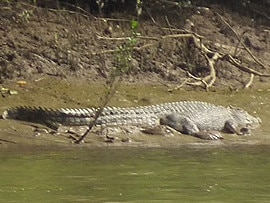
Rangers were finally able to corral one of the two reptiles in 2014, with their extraordinary efforts caught on camera.
It was then transferred to the Koorana Crocodile Farm in Rockhampton.
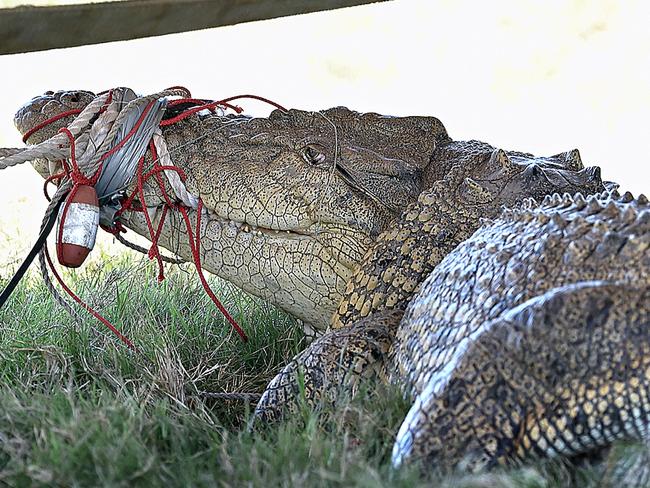
Crocodile sightings persisted after its capture, with a Department of Environment spokesman saying there seven reports of sightings between January 1, 2013, and January 1, 2023.
These included one in April 2016 the Mary River’s mouth, two in 2019 up the river near Gympie, and a third the same year near Tiaro.
In November 2020, warning signs were also put up briefly and extensive searches carried out by park rangers at Eli Creek in Hervey Bay.
None of these sightings were ever confirmed by authorities.
One of the earliest and most prominent on record was in 1964 when Jim Greensill shot a 3.5m reptile at Owanyilla.
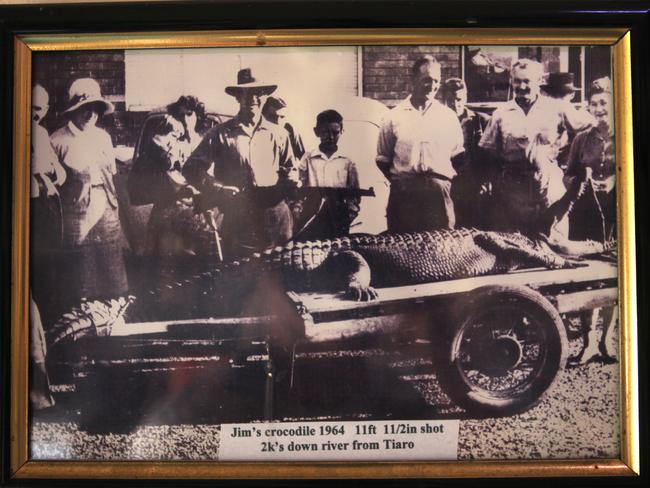
The animal was paraded around Maryborough’s pubs before its hide was tanned.
Three decades later, in 1998, a dead crocodile was pulled from the river near Kenilworth.
‘FLOATING PIECE OF FOOD’: WHY CROC’S FUTURE COULD BE BLEAK
Queensland crocodile expert Craig Franklin said the reptile was unlikely to remain so far south but would face significant dangers as it returned to the north of the state.
Mr Franklin, a professor from the University of Queensland, said the crocodile had likely been “displaced by other crocodiles” or was possibly a “vagrant” and was just surviving in the southern waters where it didn’t have to worry about the presence of other crocodiles.
Mr Franklin said at its size, the crocodile was unlikely to be breeding in the area.
“Clearly it has moved southward,” he said.
“Research has shown crocodiles have a fantastic ability to navigate.
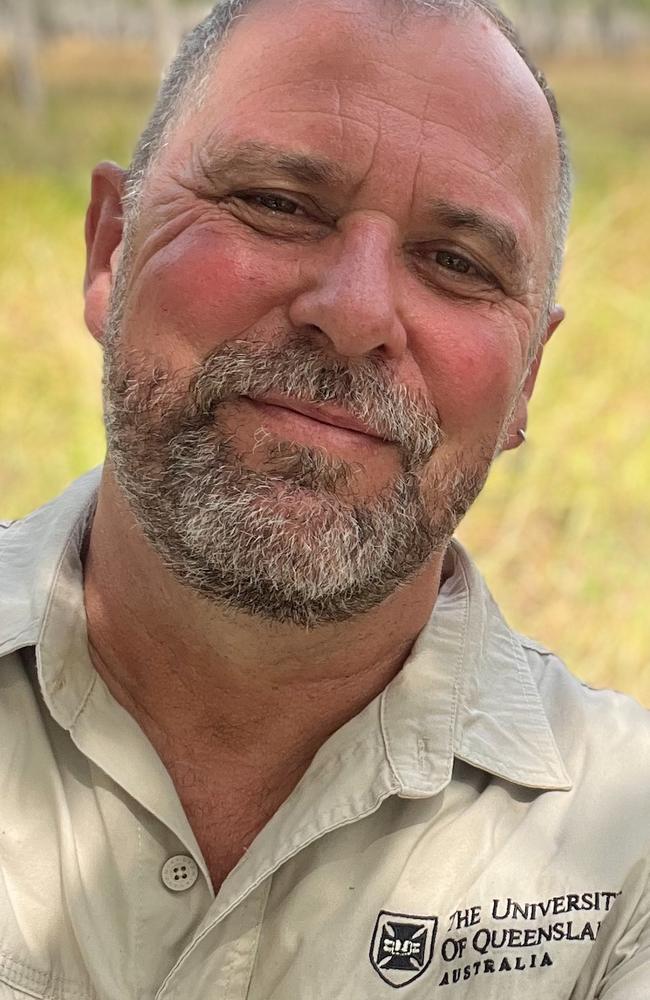
“There’s a good chance it will make its way back north, it’s unlikely to stay in that spot.”
Mr Franklin said there was strong chance the crocodile, which he believed was likely to be the animal spotted at Coonarr Beach in the Bundaberg region in late January, was likely to return to its original river, especially as winter approached and it got colder.
“It’s not its preferred temperature,” he said.
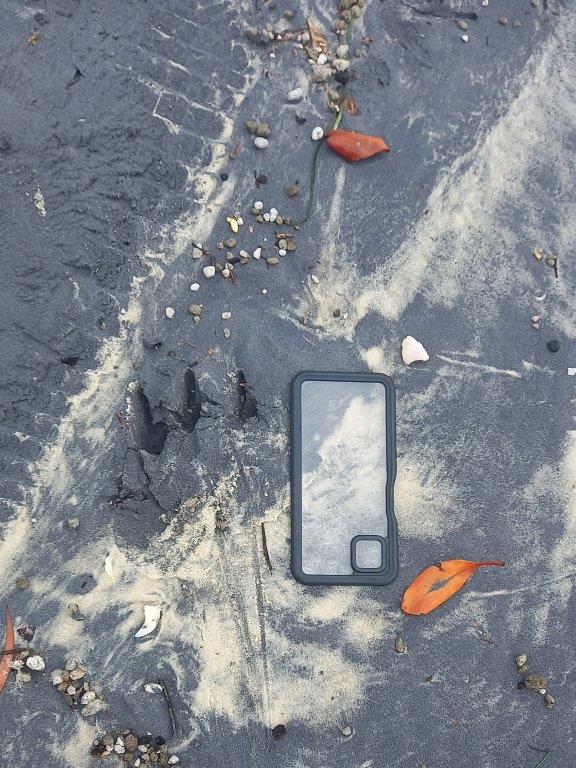
While crocodiles preferred to stay within river systems, they used the coastline like a highway to commute, Mr Franklin said.
That meant the Inskip reptile would possibly be exposed to some form of predation as it returned to its usual habitat, where it would come under threat from other animals including large sharks on its journey.
“Every animal has the likelihood of being eaten or attacked,” he said.
“It’s a floating piece of food for a large predator.”
Even if the animal were still in the Inskip Point area, Mr Franklin believed the best thing to do would be to leave it alone.
“It will make its way back north,” he said.
A spokesman from DESI said wildlife officers also believed the crocodile had moved on from the area and was hopefully heading back north.
“Fishers and people on beach in the wider area are an extra set of eyes in the search for this crocodile,” he said.
“Anyone who sees what they believe to be a crocodile is urged to make a crocodile sighting report as soon as possible.
“Crocodile sightings can be reported by using the QWildlife app, completing a crocodile sighting report on the DETSI website, or by calling 1300 130 372.”
The department investigates every crocodile sighting report received.
If the crocodile is located outside of its usual range, it will be removed from the wild.



